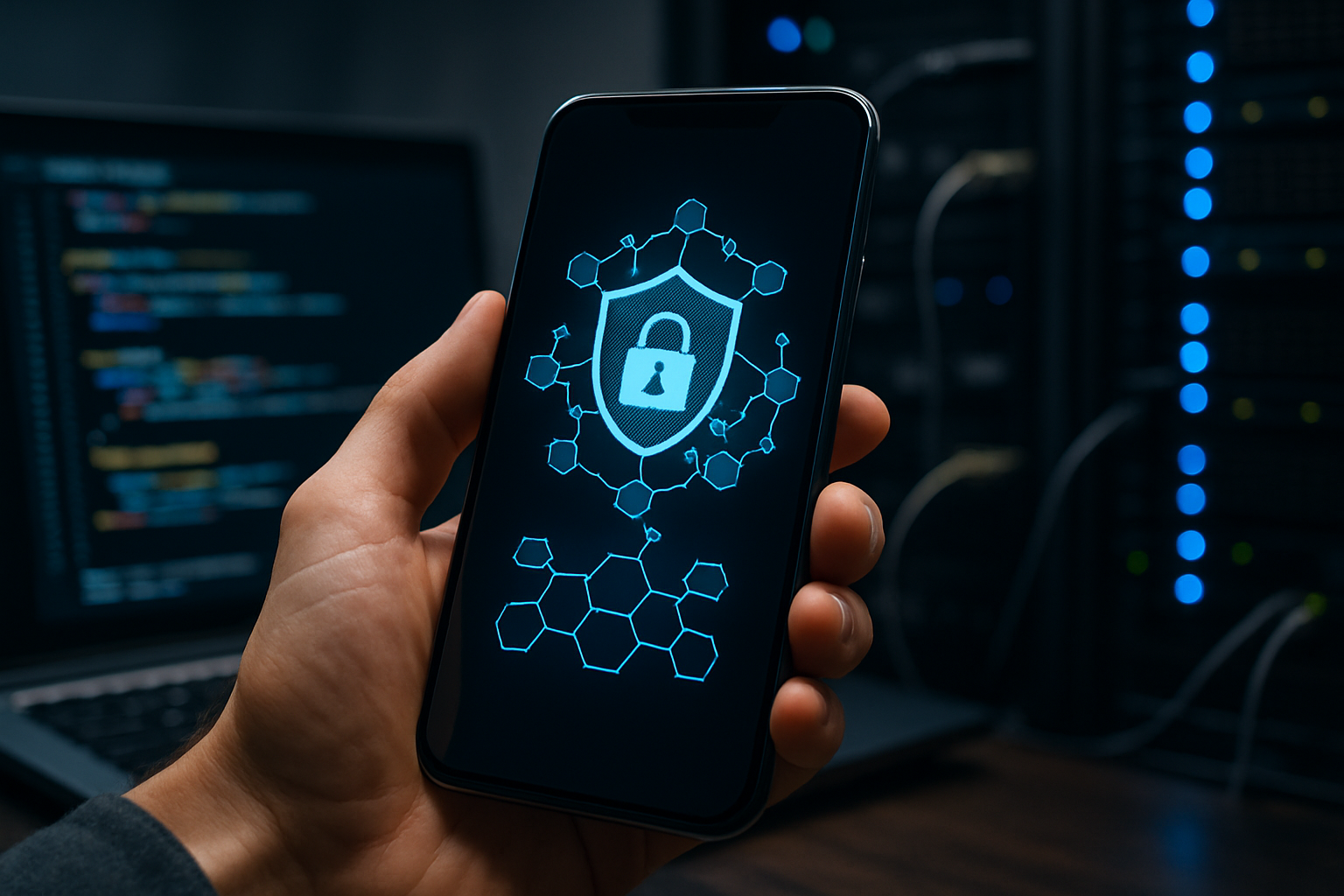The Hidden Cost of Free Wi-Fi: Security Risks and Data Privacy
In an age where connectivity is king, free Wi-Fi hotspots have become ubiquitous. From coffee shops to airports, these convenient access points promise seamless internet connectivity at no cost. But what lies beneath this seemingly benevolent offering? As we delve into the world of free Wi-Fi, we uncover a landscape fraught with potential dangers to our digital security and personal privacy.

The Dark Side of Convenience
While the convenience of free Wi-Fi is undeniable, it comes with significant risks. Public networks are inherently less secure than private ones, making them prime targets for cybercriminals. These networks often lack encryption, leaving user data vulnerable to interception. Hackers can exploit these weaknesses to steal sensitive information, including passwords, financial data, and personal details.
Man-in-the-Middle Attacks: A Silent Threat
One of the most common threats on public Wi-Fi networks is the man-in-the-middle (MITM) attack. In this scenario, a malicious actor positions themselves between the user and the network, intercepting and potentially altering communications. This can lead to data theft, identity fraud, and financial losses. MITM attacks are particularly dangerous because they can be executed without the victim’s knowledge, making them a silent but potent threat.
Evil Twin Networks: Deception in Plain Sight
Another sophisticated tactic employed by cybercriminals is the creation of evil twin networks. These are fake Wi-Fi hotspots designed to mimic legitimate networks, often using similar names to trick users into connecting. Once connected, the attacker can monitor all traffic, harvest login credentials, and even redirect users to malicious websites. The ease with which these networks can be set up makes them a popular choice for cybercriminals targeting public spaces.
Data Mining and Privacy Concerns
Even when free Wi-Fi networks are not explicitly malicious, they often come with privacy trade-offs. Many providers use these networks as data collection tools, gathering information about user behavior, preferences, and browsing habits. This data can be used for targeted advertising or sold to third parties, raising significant privacy concerns. Users often unknowingly agree to these practices when accepting the terms of service, which many neglect to read.
Legal and Regulatory Landscape
The proliferation of free Wi-Fi hotspots has caught the attention of regulators worldwide. In many jurisdictions, there is a growing push for stricter data protection laws and increased transparency regarding data collection practices. The European Union’s General Data Protection Regulation (GDPR) has set a precedent for user data rights, influencing policies globally. However, enforcement remains a challenge, particularly for networks operated by small businesses or in public spaces.
Protecting Yourself on Public Wi-Fi
While the risks associated with free Wi-Fi are significant, there are steps users can take to protect themselves. Using a Virtual Private Network (VPN) encrypts all data transmitted over the network, making it significantly harder for attackers to intercept. Enabling two-factor authentication on sensitive accounts adds an extra layer of security. Users should also be cautious about accessing sensitive information, such as online banking, while on public networks.
The Future of Public Wi-Fi Security
As awareness of the risks associated with free Wi-Fi grows, we are seeing a push towards more secure public networks. Technologies like Wi-Fi Protected Access 3 (WPA3) offer enhanced encryption and protection against common attacks. Some providers are exploring the use of blockchain technology to create decentralized, secure Wi-Fi networks. These advancements promise a future where convenience and security can coexist in public Wi-Fi offerings.
Balancing Connectivity and Security
The prevalence of free Wi-Fi highlights a fundamental tension in our digital age: the balance between connectivity and security. As users, we crave constant access to the internet, but this desire must be tempered with an awareness of the risks involved. Education plays a crucial role in this balance, empowering users to make informed decisions about when and how to use public Wi-Fi networks.
In conclusion, while free Wi-Fi offers undeniable convenience, it comes at a potential cost to our digital security and privacy. As we navigate an increasingly connected world, understanding these risks and taking proactive steps to protect ourselves becomes essential. The future of public Wi-Fi lies not just in wider availability, but in creating secure, transparent networks that respect user privacy while delivering the connectivity we’ve come to expect in our digital lives.





